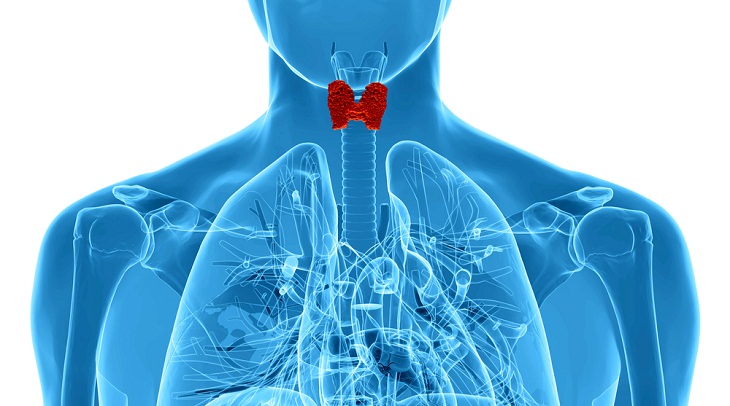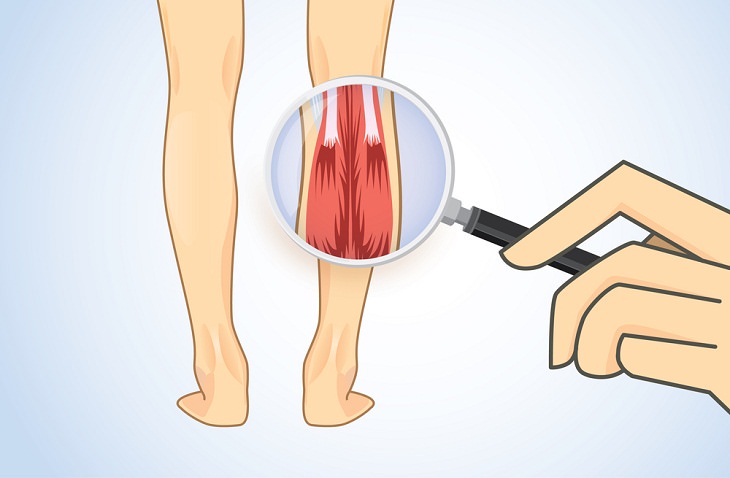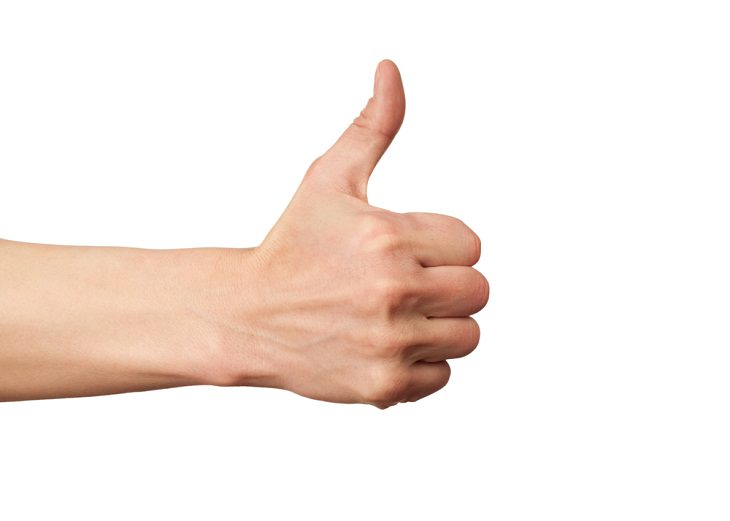Have you ever wondered where the heart gets its name from? What about the kidney or the nail? We are so used to our body parts that we don’t really think much about the origins of their names. Sure, we’ve learned and kept learning new things about the functions of our different body parts, but why don’t we ever sit back and wonder where they got their names from?
Why should we bother? Well, you would be surprised to know that some of the names of our bodies have quite a fascinating history. Today, let’s learn about the curious origins of some common body part names.
1. Palm
Did you know that that the surface of your hand has something to do with Roman traditions? In ancient Rome, it was a custom to place a palm leaf in the hands of the winner of a contest. The Latin word "Palma" (also palmus), meaning "palm of the hand”, soon got associated with the tree as well as the part of the hand where the leaf would be placed.
2. Lunula
The lunula is the visible white, crescent-shaped portion at the tip of your nails, right above your cuticle. Generally, we don’t even give a second glance to it, but the lunula is that part of the nail where keratin forms. Interestingly, the lunula isn’t always visible on every nail but can be seen on most people’s thumbs.
The lunula got its name from the Latin word “Lun” which means the moon. As you can see from the shape of this area on your nail, the meaning of word actually makes sense, doesn’t it?
3. Glabella
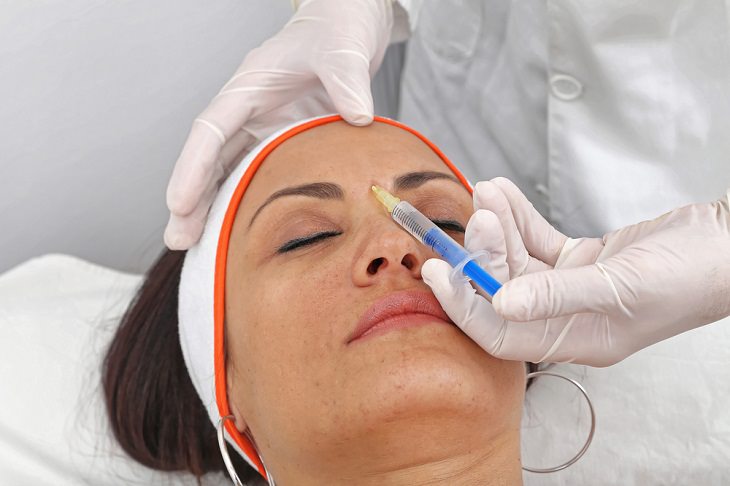
What is the glabella? It is the smooth part of the forehead above and between the eyebrows and just above the nose. You would notice that when you make a facial expression, that skin is moved by the muscles on your forehead. The origin of its name is derived from the Latin word "glabellus", which means smooth, hairless, or bald. The name is believed to have been first used during the early 19th century.
Wrinkles, known as glabella lines, usually appear on this area of your forehead, depending on your face shape, genetics, and skin tightness. These wrinkles are also called forehead furrows.
4. Coccyx
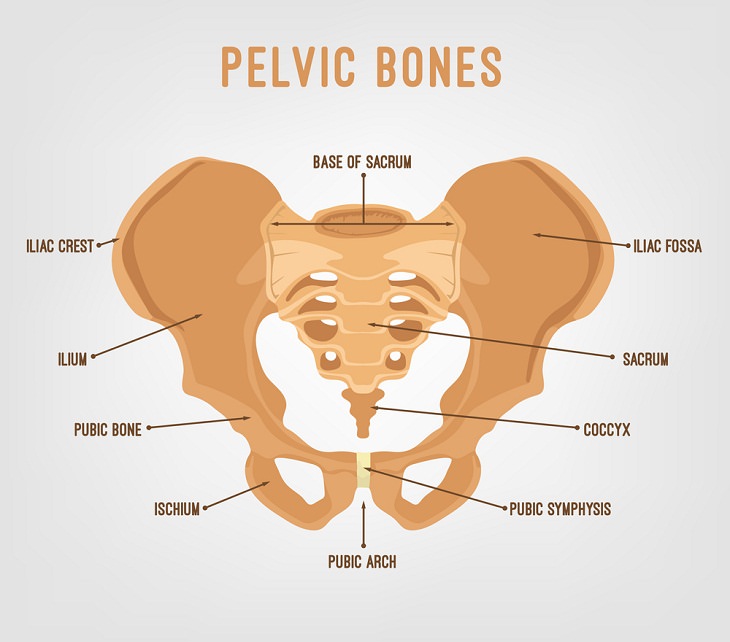
The coccyx, also known as the tailbone, is a small, triangular bone that looks like a short tail and is located at the bottom of the spine. That part is comprised of three to five spinal bones and is connected to the sacrum through an amphiarthrodial joint.
The coccyx got its name from the Greek word “kokkux”, meaning cuckoo. The curved shape of the coccyx resembles a bird’s beak and that is how it is believed to have been named so. According to scientists, the tailbone is a vestigial structure in humans as we haven't used it since we began walking upright.
5. Artery
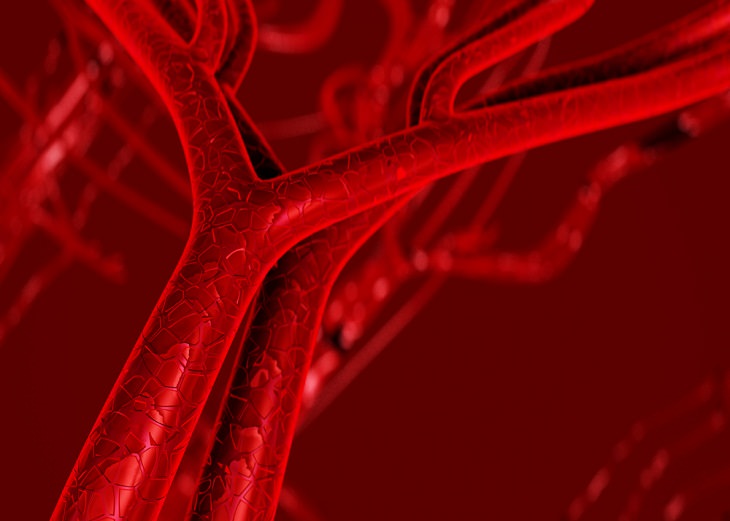
The artery is, of course, an important blood vessel that delivers oxygen-rich blood from the heart to the tissues of the body. Each artery in our body is a muscular tube that is lined by smooth tissue and three layers.
This vital body part’s name is derived from the Latin and Greek word “arteria,” which means “air holder.” Interestingly, ancient medical practitioners weren’t sure what arteries were and originally thought that they carry air throughout the body since they didn’t hold any blood after death.
6. Thyroid
The thyroid is a butterfly-shaped gland that is located low on the front of the neck. It is placed under your voice box, and lies below your Adam's apple, just along the front of the windpipe. It is a vital hormone gland that plays a crucial role in the metabolism, growth, and development of the human body.
The thyroid is named for the Greek word “qyreoeidh,” which means “large, oblong shield.” The thyroid helps regulate several body functions by regularly releasing a constant stream of thyroid hormones into the bloodstream.
7. Calf muscle
Have you ever wondered why is the back of our leg named after a baby cow? Well, the words for the baby cow, calf, and the back of the lower leg, calf, are homographs - words that have the same spelling but have different origins and can be used in different meanings. English is a language with roots in many others and often draws words from Latin, German, and Norse.
The name of the calf (the human body part) comes from the Old Norse word “kálfi” and entered English in the Middle Ages. As for the word that denotes a baby cow, it comes from the Old English word “cælf”. It’s indeed curious as to how both the words came to be spelled and pronounced the same way.
8. Elbow
The word elbow comes from a contraction of the Old English word “elnboga” which means "bend of the arm”. The word is comprised of two components, though. Ell meant the length of the forearm, and boga, “bow” or “arch.” These words in turn were related to the Proto-Germanic word “elino-bugon” which literally translates to "bend of the forearm". The word has similar forms in Dutch, German, and Old Norse. Boga is also related to the Old English word bugan, which meant “to bend.”
9. Pupil
The pupil is the opening within the iris of the eye that allows light to reach the retina. The word pupil also means a young student. However, the pupil of the eye came into late Middle English from the Old French word "pupille" which itself came from the Latin word "papilla". Originally, it meant "little girl-doll” with the figurative meaning being more of a "doll" rather than "little girl." But why doll? Lexicographers of those days noted that this was because of the small reflected image you see of yourself in another's pupil.
10. Thumb
The short, thick opposable digit of the human hand owes its name to the Old English word “thūma” which was derived from the Indo-European root teuə-, meaning "to swell." Interestingly, some other words too that have originated from this root word, namely thigh, thousand, thimble, tumor, butter, tomb, and tumescence. Now, that is a fact you should certainly give a thumbs up too, right?
Liked this post? Do share it with others...






